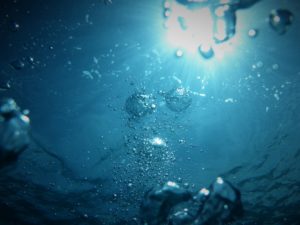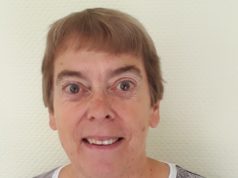 A recent randomised controlled trial shows a potential role for higher density types of thermal water in lower limb volume control and quality of life improvement. Investigators Erica Menegatti (University of Ferrara, Ferrara, Italy) and colleagues write in an online Journal of Vascular Surgery: Venous and Lymphatic Disorders article that, “An intense and rigorous data collection is needed in order to progress from empiricism to evidence-based science in the potentially very useful aquatic environment for chronic venous disease (CVD) management”.
A recent randomised controlled trial shows a potential role for higher density types of thermal water in lower limb volume control and quality of life improvement. Investigators Erica Menegatti (University of Ferrara, Ferrara, Italy) and colleagues write in an online Journal of Vascular Surgery: Venous and Lymphatic Disorders article that, “An intense and rigorous data collection is needed in order to progress from empiricism to evidence-based science in the potentially very useful aquatic environment for chronic venous disease (CVD) management”.
The aim of the DATA (Dryland and thermal aquatic standardised exercise protocol for chronic venous disease) study, the authors relay, is to compare the effect of a standardised exercise protocol in thermal aquatic immersion versus dryland on CVD patients. The study design was conceived following a previous 2017 Phlebology publication of the same research group on standardised aquatic exercise in non-thermal water.
Menegatti and colleagues detail that 34 patients were included in the study and randomly assigned to perform a standardised exercise protocol in a dryland environment or in a thermal water from a natural hot spring at 33° Celsius with a high mineral content. The investigators then assessed leg volumetry, ankle range of motion (ROM), ultrasound-detected subcutaneous tissue, great saphenous vein diameter, and quality of life.
They communicate that, after five thermal water sessions, leg volume, ultrasound subcutaneous thickness and great saphenous vein calibre significantly decrease in thermal water group. The ankle ROM significantly increased in both groups, with higher values in the thermal water group. In addition, the authors reported that both quality of life scores used improved significantly in the thermal water group, whereas the dryland group showed a noteworthy improvement only in one of the two scores.
In the discussion of their findings, the authors write that the results of the DATA study “to the best of our knowledge, are the first to compare the effects of a standardised exercise protocol for CVD patients in a dryland versus thermal aquatic immersion environment”.
Looking forward, Menegatti and colleagues write that future data collection “should be aimed to assess for how long this effect is maintained after the immersion and the related impact on venous haemodynamics”.












